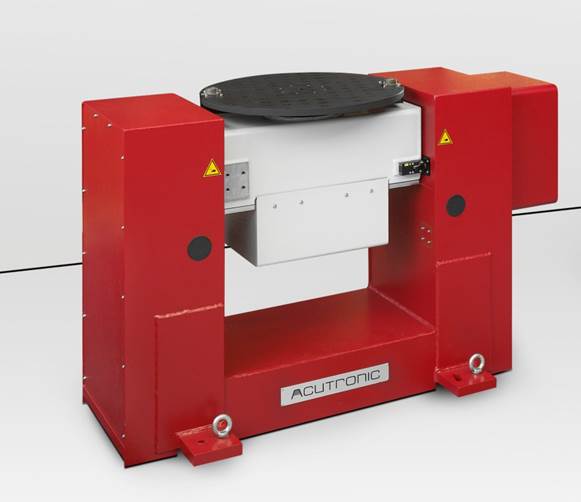Inertial sensors are essential components of inertial navigation systems and automatic flight control systems. They directly or indirectly measure linear accelerations, angular rates, or angular accelerations with respect to an inertial reference frame. A recent type of inertial sensor is the Angular Accelerometer (AA) which directly measures angular acceleration, which makes it very desirable for use in sensor based (incremental) control systems. Current sensor-based control approaches require differentiation of the rate gyro signal which leads to noise amplification and the introduction of additional delays in the system. These issues can be prevented by replacing the rate gyros with angular accelerometers in the feedback path.

Block with 3 angular accelerometers mounted at 90 degree angles
Because they are relatively recent, the properties of angular accelerometers are not yet completely understood. For example, how sensitive are they to linear accelerations and temperature fluctuations? Is the scale factor from voltage to angular acceleration a constant, or does it depend on other variables? The goal of this research project is to gain a better understanding of the characteristics of angular accelerometers, and to identify models of their dynamics that can be used in control design of sensor-based control systems. For this, a high precision calibration table is used, the Acutronic AC2266.

Acutronic AC2266 precision calibration table

Calibration table setup with angular accelerometers (center) and table-mounted data acquisition computer.


